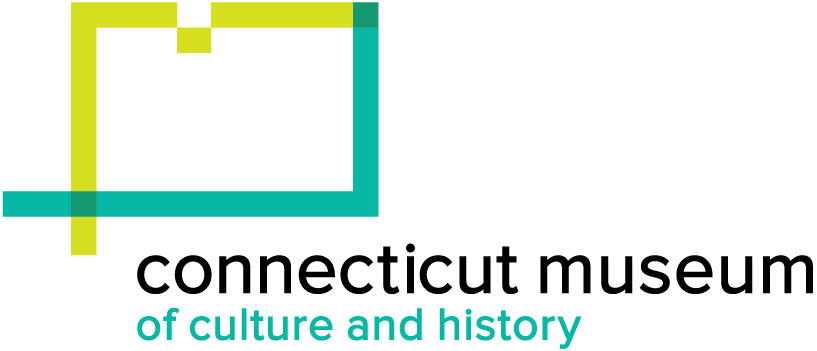Carlos Santiago Arroyo
Carlos Santiago Arroyo (MA) taught Puerto Rican Santos carving to Lydia Perez and Yidell Rivera (RI), fostering this knowledge for the first time in Rhode Island. In addition to carving techniques, they learned the names and qualities of the saints, their history and contexts, and how to incorporate them into family shrines. Each apprentice carved and painted three full pieces.They presented their work at the Southside Community Center fair in Providence, Rhode Island, organized by Rhode Island Latino Arts, which also contributed space for the workshops.
Carlos Santiago Arroyo: “I was introduced to “santos de palo” (wooden santos) in my grandmother’s bedroom in the town of Orocovis in the 1950’s where she had them displayed on her bureau. I didn’t realize how much these icons would impact my life until I met a pivotal person in my life, Father Felipe López Guillama, who had returned to the country as an ordained priest after 11 years of ecclesiastical studies at the Vatican. He had a wonderful collection of early santos in his residence. “Pipe” shared with me his knowledge about these carvings. Fascinated, I began to buy books and a few santos available at the time and found several relevant articles printed in newspapers. I, also, bought a few carvings when I went at night to rural homes with Pipe. He assisted me in getting old carvings I could afford with my lunch money for college. I continued to study the santos folk art for decades after I immigrated to this country in 1971 to become a teacher for Latino students in Boston. In one of my visits to my country in August of 1998, I went with a dear friend to the Center of Popular Arts in Old San Juan to see an exhibition of santos carved by students. That afternoon I bought my tools and two days later I started a carving class with the master carver, Héctor Alvares Paredes at the Institute of Puerto Rican Culture. I have been carving ever since. I have grown in my carving skills thanks to the influence of master carvers including Carmen Rodríguez, Luis Raúl Nieves Román, Félix Martínez Barbosa, and José Luis Peña Burgos. I carve with these and other artisans whenever I visit Puerto Rico. “
“Santo carving has been a tradition in Puerto Rico for over four centuries. It was brought to Puerto Rico by the Spanish colonizers and was used as an important tool to convert the native Taíno Indians and, subsequently, the African slaves to the Catholic religion. Santo, in Spanish, is a general term used for any saint carved for household devotional use. These carvings represent the Catholic celestial hierarchy and have been traditionally made locally and outside the church control. The carvers, or santeros, have traditionally been untrained folk artists who satisfied a religious need in their communities. These artists used traditional European representations of popular saints (found in chapels in the countryside) and adapted them to their tropical surroundings. The late 19th and early 20th centuries saw the highest number of carvings in the country. Following the United States’ invasion of Puerto Rico in 1898, santos carving lost it’s popularity for several decades due to the influence of the Protestant religion, which views this cultural expression as idolatry. Thousands of santo carvings were burned in bonfires as evidence that Catholics had converted to Protestantism. Santeros were viewed by many as ignorant peasants.
Santo carving was an underappreciated form of folk art until 1931 when they were brought from obscurity by the Dominican friars of the Dutch Providence in Bayamón, in the metropolitan area of the Island. The friars praised their simplicity and aesthetic appeal by exhibiting them in the Netherlands. Beginning with this early exposure the santos have gone on to appeal to an ever growing audience. Once an expression of religious fervor, today santo carving has evolved into an artistic expression of folk art. Today santos are avidly collected and routinely exhibited in galleries and museums in Puerto Rico, the U.S., Latin America and Europe.
I find a major source of inspiration for my work in several generations of the Rivera family. The Rivera family was active in the second part of the 19th century to the first part of the 20th century. Subsequent generations of this family have continued to carve in the Orocovis- Morovis region in the mountains. I find that their carvings are full of simplicity and directness in their form and that speaks to me. My process after carving a figure is as follows: I cover the icon with gesso to seal the wood before applying the acrylic. This brings about vibrant colors in the piece. The last application on the piece consists of a mixture of neutral and brown shoe polish. This procedure brings all the colors together giving coherence to the final product."

